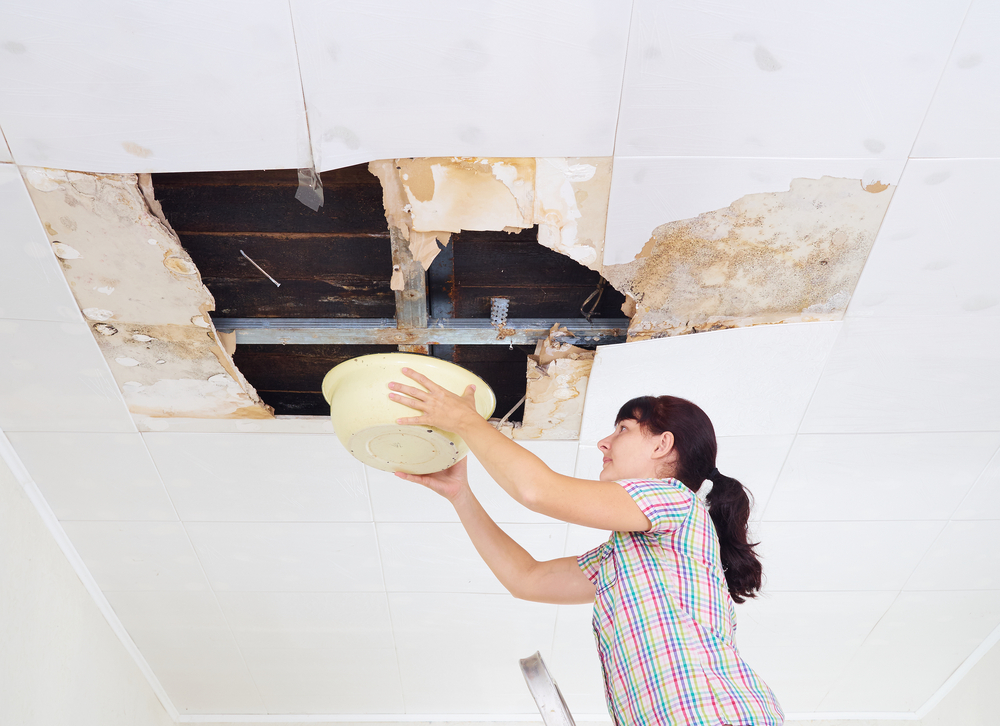Have you located what seems to be the ideal property for you and your family to live in? If this is the case, it’s essential that it be thoroughly inspected before any purchase paperwork is signed. Below are 10 signs that a potential dream property could in fact become a living nightmare.
1. Uneven Ceilings, Walls and Floors
These should all be fixed flush and completely straight – there should be no sags, bulges or shadows that indicate uneven surfaces. With older properties, these signs could indicate that no maintenance has been done. Sagging walls and floors could be a sign of shifting foundations or it can point towards a potential dampness issue.
2. Water Damage
No water marks or stains should be present on ceilings or walls, and you should not be able to detect any form of damp smells, mildew or black mould – especially in bathrooms or kitchens. Wet ceiling insulation is an indicator of potential roof leaks. Downpipes and gutters should be thoroughly checked for leaks and rust as well.
3. Plumbing Problems
Items to check here include the hot water system (how old is it? Will it provide sufficient capacity for your needs?), whether any large trees are growing over water or sewer lines, if there are any blocked drains and whether there is sufficient water pressure throughout the property. Check all taps and other plumbing fixtures as well to ensure they are in good working order.
4. Renovation Limitations
Many people purchase homes with the idea of being able to renovate them at a later stage. As a result, you should ensure that there aren’t any limitations that will prevent you from performing the desired upgrades. This can be done by checking with your local council to find out what is or is not allowed in terms of renovations.
5. Issues with the Home’s History
It’s also essential to find out whether renovations have already been done on a property, and if so, what they entailed. You should also enquire who they were done by, why they were performed, whether council approval was obtained beforehand, if the necessary letters of authorisation were obtained and whether there have been issues with the completed renovations or not.
6. Paving Issues and Driveways
Always inspect these areas of a property thoroughly for signs of tree root-related damage, poor workmanship and movement as a result of potential foundation problems.
7. Foundation Issues
Indications of potential foundation problems can include cracked ceilings and/or walls, sloping or uneven flooring, windows or doors that don’t operate correctly and gaps or cracks in outside brickwork.
8. Pest Infestation or Damage
Always look out for signs of pest infestation or damage such as scratching noises, faecal droppings, nibbled furniture or piles of what seems to be dust around wooden structures. If any are present, always find out whether they will be treatable or whether too much damage has already occurred.
9. Electrical Wiring Problems
Signs like flickering lights, cracked plug points or switches, a burning smell when a switch or plug point is activated and points that emit an electric shock when turned on all point towards serious electrical issues. Always enquire if wiring meets current electrical standards.
10. Potential Issues Hidden with New Paint
Always keep in mind that a fresh paint coat can be used to disguise problems such as smaller cracks, leaks that have left stains on walls or ceilings and even potential mould issues.
Before agreeing to purchase any home, it’s strongly recommended that you have it thoroughly inspected by experts such as the team here at Inspector Hawkeye. Contact us today to find out more about the inspections services we provide.





